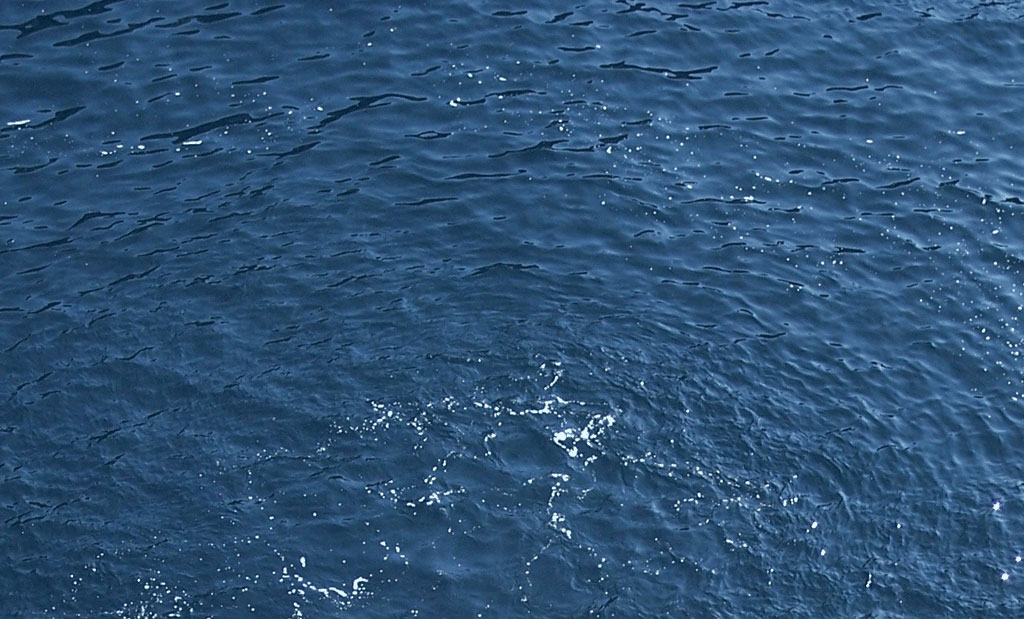The coming flood: explore the future's rising seas
These animations are based on the warming likely to occur under two scenarios for future greenhouse gas emissions, devised by the Intergovernmental Panel on Climate Change:
High: intensive use of fossil fuels resulting in very large CO2 emissions. It is intended as a worst-case, business-as-usual scenario excluding policies to limit climate change. The median temperature projection for 2100 is around 5 °C above pre-industrial averages.
Low: aims at stabilising CO2 concentration in the atmosphere by the middle of the century. It assumes policies to limit emissions but still passes the widely accepted threshold for "dangerous" climate change of a 2 °C temperature rise, leading to a median warming of 2.6 °C above pre-industrial averages by 2100.
The simulations use methods explained in this paper from Mahé Perrette of the Potsdam Institute for Climate Impact Research in Germany and his colleagues, updated to account for new estimates of the contributions to sea level rise made by melting Greenland and Antarctic ice.

